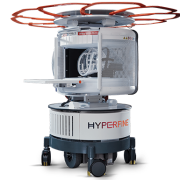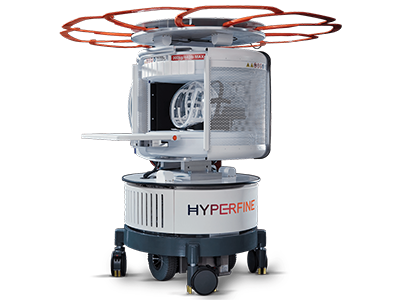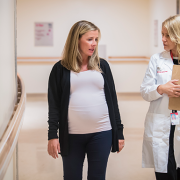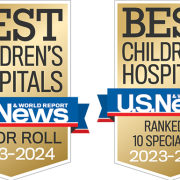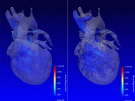$1.6m grant to boost MRI access globally for maternal, child health
Researchers at Children’s National Hospital are investigating ways to bring more portable and accessible low-field magnetic resonance imaging (MRI) to parts of the world that lack access to this critical diagnostic tool, thanks to a grant from the Bill & Melinda Gates Foundation.
The nearly $1.6 million in funding will enable clinicians to better treat pediatric neurological conditions including ischemic brain injury, hydrocephalus, micro- and macrocephaly and more, using analysis tools that are designed to handle the loss in image quality and related challenges inherent to low-field MRI. The research brings together teams at Children’s National and Children’s Hospital Los Angeles — two organizations with extensive experience in designing processing software tools for pediatric brain MRI analysis and data enhancement.
The patient benefit
“For 30 years, MRI has primarily helped patients in high-income countries. Our team is thrilled by the prospect of expanding this powerful tool to patients coming from a wide range of nations, geographies and socioeconomic backgrounds,” said Marius George Linguraru, D.Phil., M.A., M.Sc., principal investigator at the Sheikh Zayed Institute for Pediatric Surgical Innovation (SZI). “Low-field MRI comes with great advantages including portability at the point of care of patients, lower clinical costs and the elimination of sedation for young children.”
Linguraru and his long-time collaborator, Natasha Lepore, Ph.D., principal investigator at The Saban Research Institute at Children’s Hospital Los Angeles, will analyze data from the brains of children from birth for the maternal and child health studies. The MRI data analyzed will form the basis for future studies of children’s brain anatomy in health and disease.
The big picture
Through the new grant, researchers will develop a suite of tools to help clinicians better analyze data and images from low-field MRI systems. These systems already have been integrated into interventional and observational studies to help characterize early neurodevelopmental patterns and identify drivers of abnormal development. They are also evaluating the efficacy of maternal and infant-focused interventions aimed at improving neurodevelopmental outcomes.
Why we’re excited
At Children’s National, SZI has installed a Hyperfine Swoop system, and Linguraru’s team is creating image enhancement tools tailored to the unique challenges of low-field MRI. Chief among them, conventional processing tools developed over the past several decades remain incompatible with the low-field data and require new software to take full advantage of the diagnostic power of imaging.
The work brings together a prestigious international consortium of scientists and clinicians from around the world to harness the power of computing and expand the reach of diagnostic imaging. Lepore said the team is eager to bring modern medical imaging to parts of the world that have missed its many benefits.
“Children’s brain development in underserved areas can be affected by so many factors, like malnutrition or anemia,” Lepore said. “The software we will design for the Hyperfine scanners will improve research into these factors, so the optimal interventions can be designed. We are excited to bring our expertise to this important and timely project.”


